The Southampton Arms remains my favorite pub in London, but The Blackbird comes in a close second:
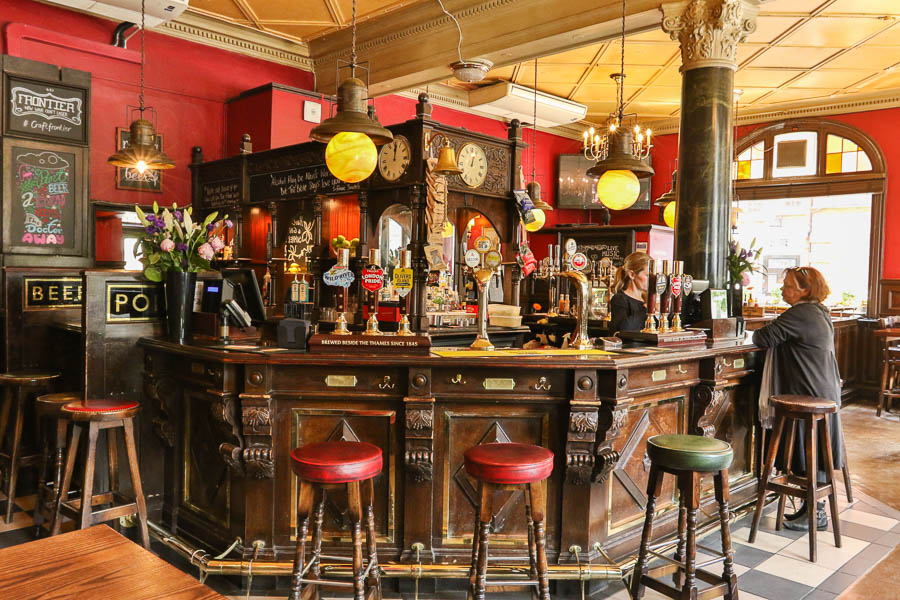
I wound up having breakfast and dinner there yesterday, followed up with drinks at a suburban-feeling club down the block. (Maybe not suburban; more like bridge-and-tunnel.)
Now I'm at Gatwick waiting for my next flight to phase II of this trip: Venice. So far the flight is only delayed 40 minutes. And I may have figured out the Lightroom problem, or at least found a workaround. More on all of this later tonight or tomorrow.
I'd have photos to post already, but Adobe Lightroom 6 keeps dying on my Surface. It works when I install it, but the next time I try to open it, even after a reboot, it gets to the splash screen and stops loading.
I hope to resolve this later today.
Traveling today, so no postings until much later. Possibly tomorrow.
Photos too. I did a field-test of my Surface, and everything worked, once I re-installed Lightroom. I hope I don't have to do that again.
You know, it sucks to be Greece right now, and Germany is really screwing itself by not negotiating with them. But as an American tourist about to visit the continent, this is a nice thing to see (particularly after the bump earlier in the month):
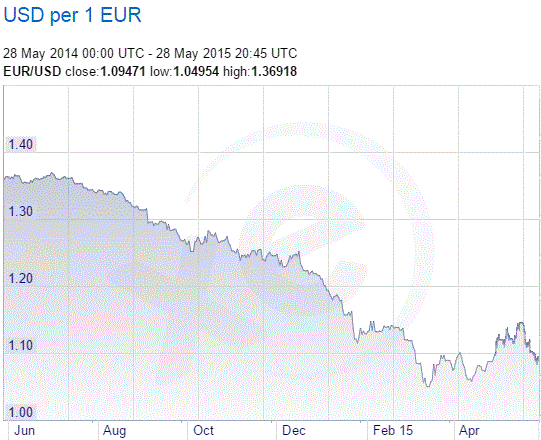
This doesn't completely suck, either (I'm stopping in London on the way):

When I put dog food in little baggies and pull out my suitcase, Parker sulks:
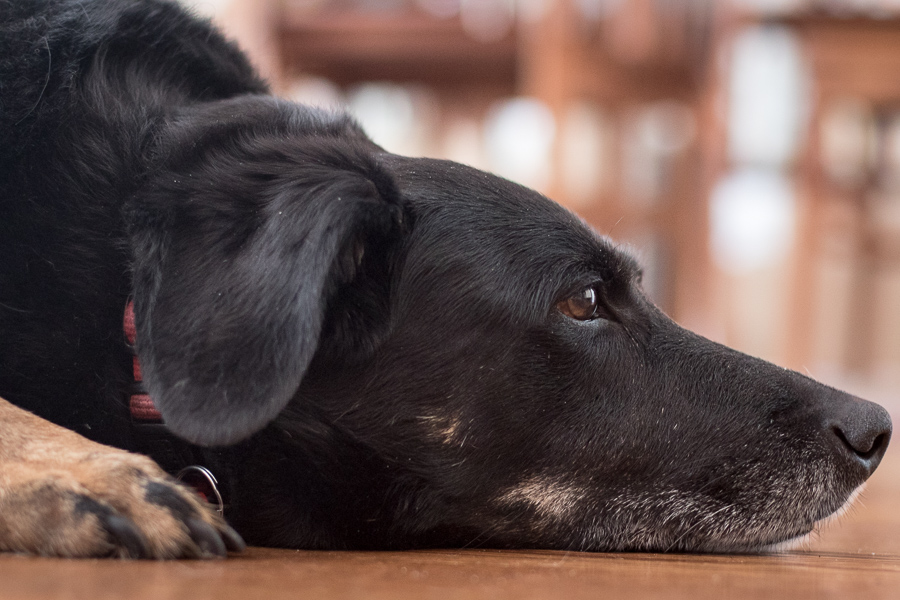
Sorry, buddy.
As I'm still getting to know Lightroom 6 and its HDR feature, I wanted to revisit this one from 2013:
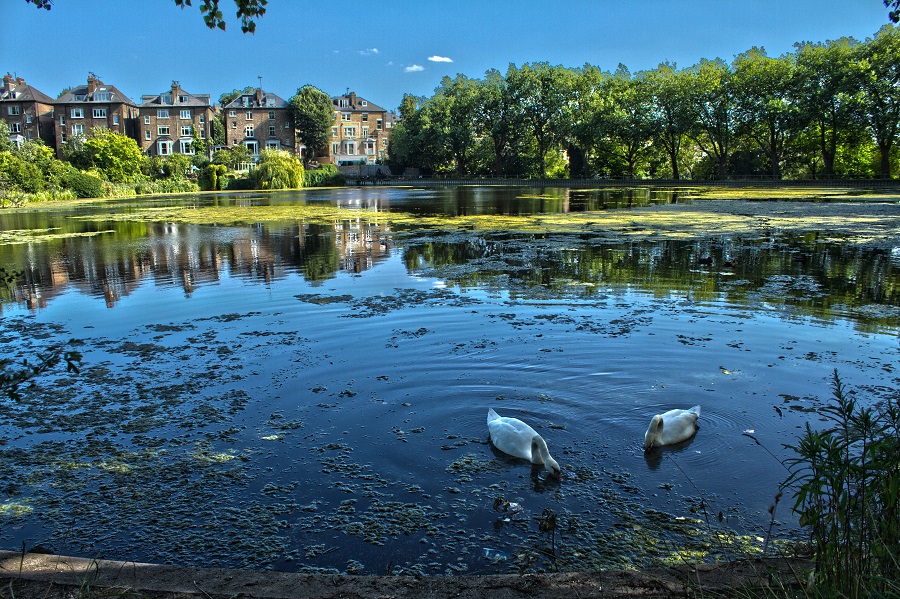
Here's the refresh. I think it's a more subtle result, and looks more like what I actually saw in Hampstead Heath:
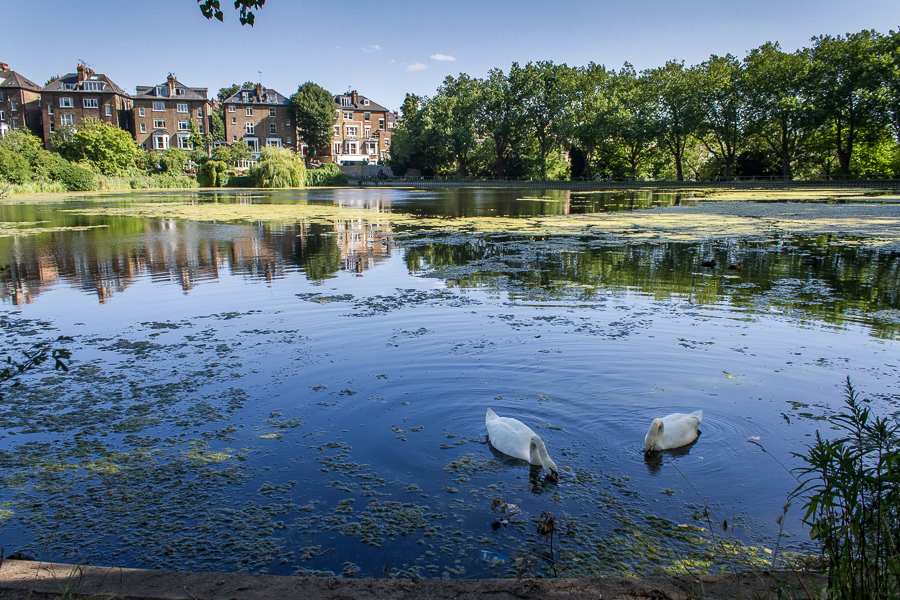
On my next trip (in two days), I'll probably take a lot more HDR-ready images. The Canon 7D Mark II does a sort-of draft HDR in-camera, with a number of options for generating the raw files that my old camera didn't have. I'm looking forward to the results.
Via reader EB, a Chicago Magazine article from 1980 wonders where the gentrification really is (because it was 20 years in the future):
Thus it was that Yuppies began regentrifying poverty areas along the lakefront, such as Lincoln Park, Old Town, New Town, Lakeview, and Uptown. As population expert Pierre de Vise has noted, these singles are able to establish beachheads in “the buffer zones separating the Gold Coast from the slum” because the singles are less concerned with poor schools and street crime than middle-class families. The families, which had been fleeing to the suburbs since about 1950, continued to flee—would you send your child to a Chicago public school? Between 1970 and 1975 alone, the number of white households in Chicago with children dropped from 488,000 to 447,000, a loss of 41,000 households and the biggest drop in any category of the Census Bureau’s housing survey. Nevertheless, the arrival of the Yuppies was the first spontaneous evidence of new urban life in 30 years, and so the “urban renaissance” was hastily proclaimed.
But the word “renaissance” usually implies a cultural rebirth pervading all of society. The renaissance in Chicago has, in fact, been limited to a few oases. Of the 30,000 new housing units constructed in Chicago between 1970 and 1975, nearly half are concentrated in just 28 of the city’s 840 census tracts; as you might have guessed, all 28 of those tracts are on or near the lakefront.
Despite the frantic real-estate activity along the lakefront today, a 1975 study by Pierre de Vise turned up entire neighborhoods—mostly in black ghettos or blue-collar areas—where there hadn’t been a single conventional house sale all year; virtually all of the conventional mortgage sales, de Vise found, were restricted to the North and Northwest sides, the Far Southwest Side, and lakefront houses and condominiums.
Only, the hated Yuppies moving into those communities actually did reduce crime and improve schools, but also drove out minorities and the poor. Chicago today would be unrecognizable to people from 1980. In fact, people in my own family who moved away from Chicago in the 1970s cannot comprehend $500,000 condos at Wells and Division, nor walking alone through Oz Park after dark. And they certainly would never send a child to Lincoln Park High School.
We've got a long way to go to have a truly sustainable city, but we're on the right track (despite pensions). I'm glad to be living here now.
I've supported Kickstarter campaigns, including Exploding Kittens (shipping now!). Sometimes the campaigns explode; but sometimes, they fail miserably:
“There's a chasm between an idea, a design and a business which Kickstarter, Indiegogo and others really in some ways ignore,” says Michael Marasco, director of Northwestern University's Farley Center for Entrepreneurship and Innovation. “The reality is that there are tons of patents out there, tons of designs out there that have never become products.”
Kickstarter backers ostensibly understand this risk. The platform publicizes the fact that it is not a store but rather a way for people to work together to make things, so the specter of failure always lurks. Kickstarter participants do not own a stake in the companies they back. But that doesn't prevent them from becoming emotionally invested—and as delays mount, enthusiasm can morph into anger.
John Campbell, an artist in Wicker Park, raised $51,000 in 2012 for a comic book, “Sad Pictures for Children,” and shipped about 800 to backers. But in February 2014, after running out of money to send the rest, he grew so frustrated that he began lighting some of the remaining copies on fire—and posted video of the burning books to Kickstarter.
With the Inner Drive Technology World Headquarters move only 21 days from now, this was bound to happen:

Also in the next three weeks is a big vacation. So, you know, no stress...